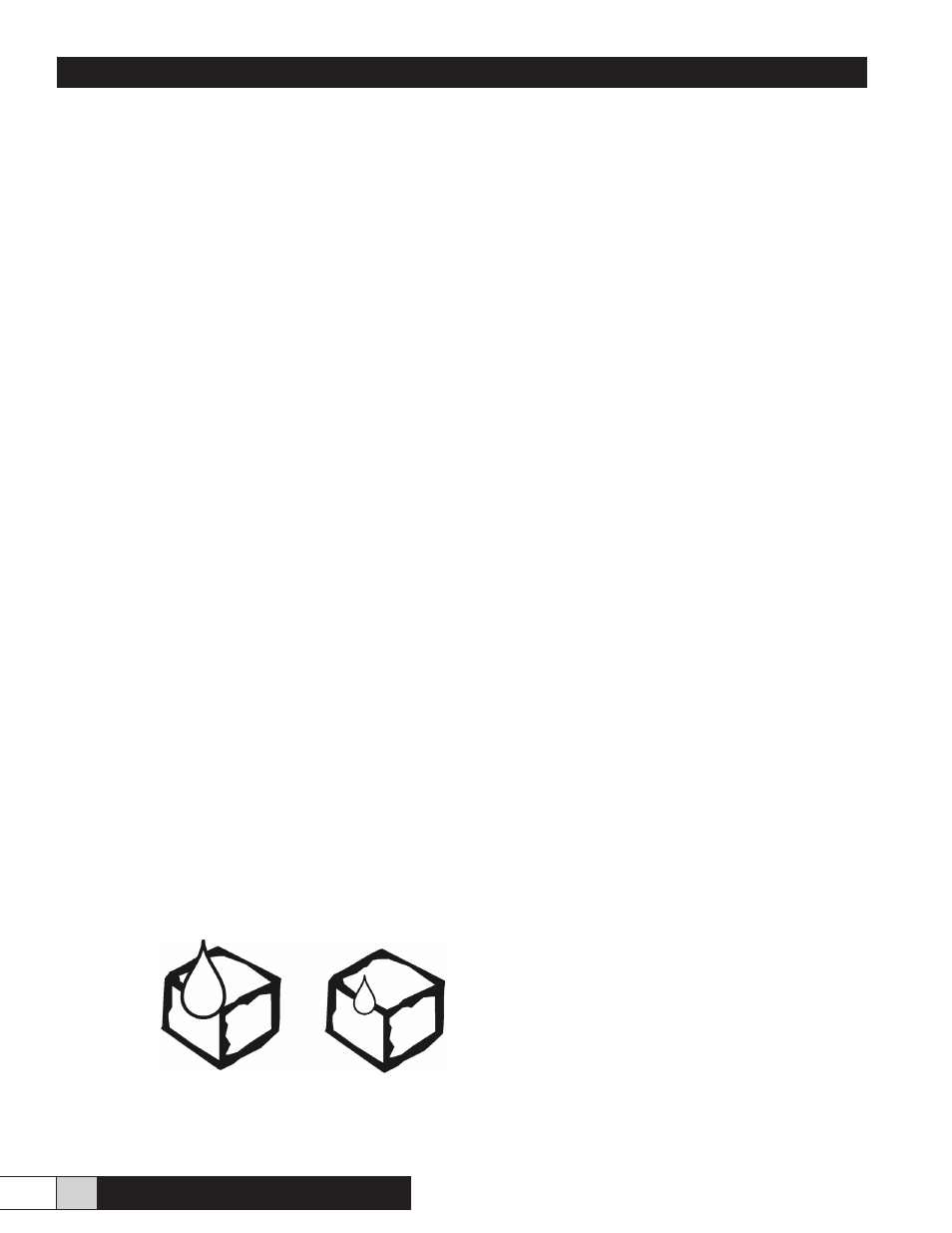Herrmidifier Load Calculator User Manual
Page 4

L o a d C a l c u l a t i o n G u i d e
L o a d C a l c u l a t i o n G u i d e
4
w w w. h e r r m i d i f i e r- h v a c . c o m
SECTION II BASIC INFORMATION
Relative Humidity and Its Place in Environmental Control
Since the beginning of modern day engineering, environ-
mental control in factories, offices and homes has become
increasingly more important as its benefits to personnel and
product alike were realized. There are three basic parts to
environmental control:
1) air quality-its cleanliness and purity,
2) temperature
3) relative humidity
Of the three, the most ignored is the level of relative humidi-
ty-probably because the effects of temperature and air qual-
ity are more easily seen and felt than the effects of relative
humidity. Relative humidity is important as it can affect hu-
man health and comfort, operation of production machinery,
quality and workability of production material. Proper control
of relative humidity can also be an important factor in the
total energy use and operating efficiency of a factory. To de-
velop an understanding of relative humidity and its effect, it
is first necessary to define some terms.
Definition Of “Relative Humidity”
HUMIDITY is defined as “the amount of moisture in the air.”
This moisture must be in the form of water vapor. Visible wa-
ter droplets that have not evaporated to the vapor state do
not affect humidity. The term RELATIVE HUMIDITY is used
to describe “the amount of moisture in a given volume of
air as compared with the greatest amount of moisture that
that volume of air could contain at the same temperature,
expressed as a percentage,” so that:
%RH = (Ma/Mg)
Ma = Amount of moisture in the air
Mg = Maximum amount of moisture in the air
The greatest amount of moisture that a given volume of air
can contain changes as the temperature of that air chang-
es. The higher the temperature of that air, the greater the
amount of moisture it can hold when saturated. The key word
here is “temperature.” For example: a cubic foot of air at 69°F
can hold ten (10) times as much moisture as the same cubic
foot of air at 1O°F.
“Dry Air” From Heating
If that cubic foot of air is saturated at 1O°F (100% R.H.) and
raised to 69°F, without adding or subtracting any moisture,
it will now contain only 1/10 the amount of moisture it could
hold at saturation; thus it now has a relative humidity of
10%...2-1/2 times drier than the Sahara Desert!
This is essentially why, during the heating season, air is drier.
The cold, moist outdoor air, brought in by forced air makeup,
exhaust, or natural infiltration is heated and becomes warm
dry air. To bring this air to an acceptable level of relative hu-
midity, moisture must be added.
“Dry Air” From Cooling
Under certain conditions, cooling by air conditioning and
refrigeration can remove moisture from the air and reduce
its relative humidity to unsatisfactory low levels. This occurs
when the air is cooled below its DEW POINT-the tempera-
ture at which the air becomes saturated and if cooled further
the excess moisture will condense out of the air. For exam-
ple: Air at 70°F and 75% R.H. will have about 6.08 grains of
moisture per cubic foot.
Air at 55°F can hold only 4.89 grains of moisture per cu-
bic foot at saturation. Therefore, if the 70°F 75% R.H. air is
cooled to 55°F it will now be at 100% R.H. and will contain
a maximum of 4.89 grains of moisture per cubic foot having
lost the excess of 1.19 grains (6.08-4.89 = 1.19) by conden-
sation. When this 55°F 100% R.H. air is discharged back into
the room and again warms to 70°F it will now have a relative
humidity of 60% since it now contains only 4.89 grains of
moisture per cubic foot instead of the original 6.08 grains.
1.19 grains of moisture per cubic foot must now be added to
return the air to its original level of 75% R.H.
FIGURE 1
CU. FT.
69°F
7.80 Grains
CU. FT.
10°F
.78 Grains
